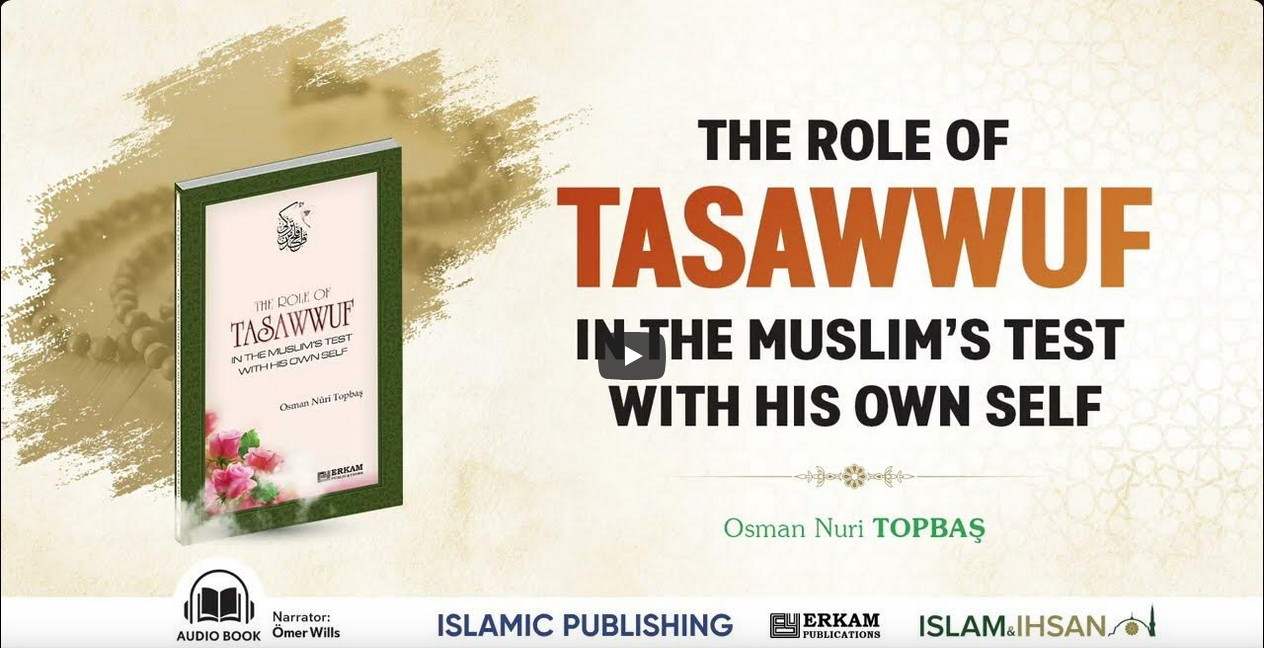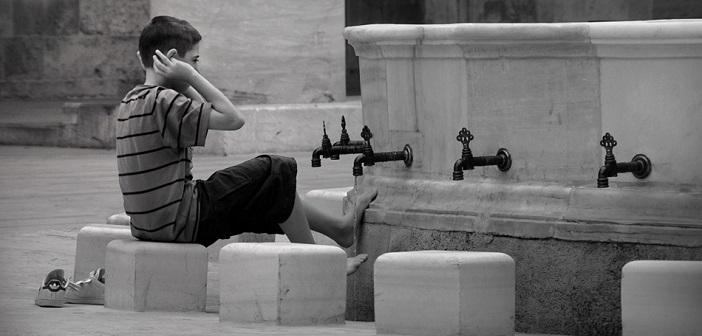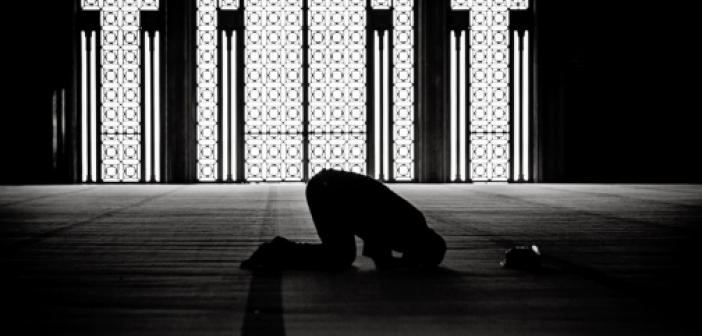
Who is Mahmud Anjir Faghnawi?
Who is Mahmud Anjir Faghnawi? What kind of person Mahmud Anjir Faghnawi? When did Mahmud Anjir Faghnawi live?
Mahmud Anjir Faghnawi [d. 1286]
He (may Allah have mercy on him) was born three leagues to the north of Bukhara in the village of Anjir Faghna. His father was Yahya Efendi. He is reported to be from the lineage of the prophet Muhammad (peace and blessings be upon him)[1].
After staying for a short time in his village he later moved to Wabkent and began to reside there. He earned his livelihood as a builder and entered under the training of Arif Riwgari, thus completing his sayr-u suluq and becoming his successor. For years he guided the people in the masjid of Wabkent and trained his students. He had a face which was always smiling and filled with light.
During his last days, Arif Riwgari (may Allah have mercy on him) gave permission for Mahmud Anjir Faghnawi (may Allah have mercy on him) to perform vocal dhikr. As a requirement of the times and in accordance with the state of his students, he spent most of his time on this kind of dhikr.
Hafizuddin Kabir, one of the leading scholars of Bukhara and the great grandfather of Muhammad Parsa, asked Anjir Faghnawi his intention in performing vocal dhikr.
He replied:
“We perform vocal dhikr so that the sleeping can wake up, the heedless can come to themselves and turn towards the path of truth, become upright and follow the shariah and tariqah, so that they can turn to true repentance (tawbah) which is the key to all good and the source of happiness and vie for Allah”.
Hafizuddin was very pleased with this reply[2].
It is estimated that Anjir Faghnawi passed away in the hijri year 685 (1286 AD). His tomb is located in the village of Anjirbag, in the suburb of Wabkent in Bukhara. Next to his tomb is a masjid and a well and it is believed that this water has healing properties[3].
[1]. Muhammad Talib, Matlabu al Talibin, vr. 19a.
[2]. Rashahat, p. 86-87; Badraddin Sirhind, Hazaratu al Quds, I, 96a-96b; Muinaddin Naqshibandi, Kanzu al Saada, p. 694.
[3].Nasiruddin Bukhari, Tuhfatu al Zairin, p. 43; Sadriddin Selim, Bahauddin Naqshiband Yaki Yetti Pir, p. 9.
Source: Osman Nuri Topbaş,The Golden Chain of Transmission Masters of the Naqshinandi Way, Erkam Publications
Who is Abu Bakr As Siddiq?
Who is Qasim ibn Muhammad?














